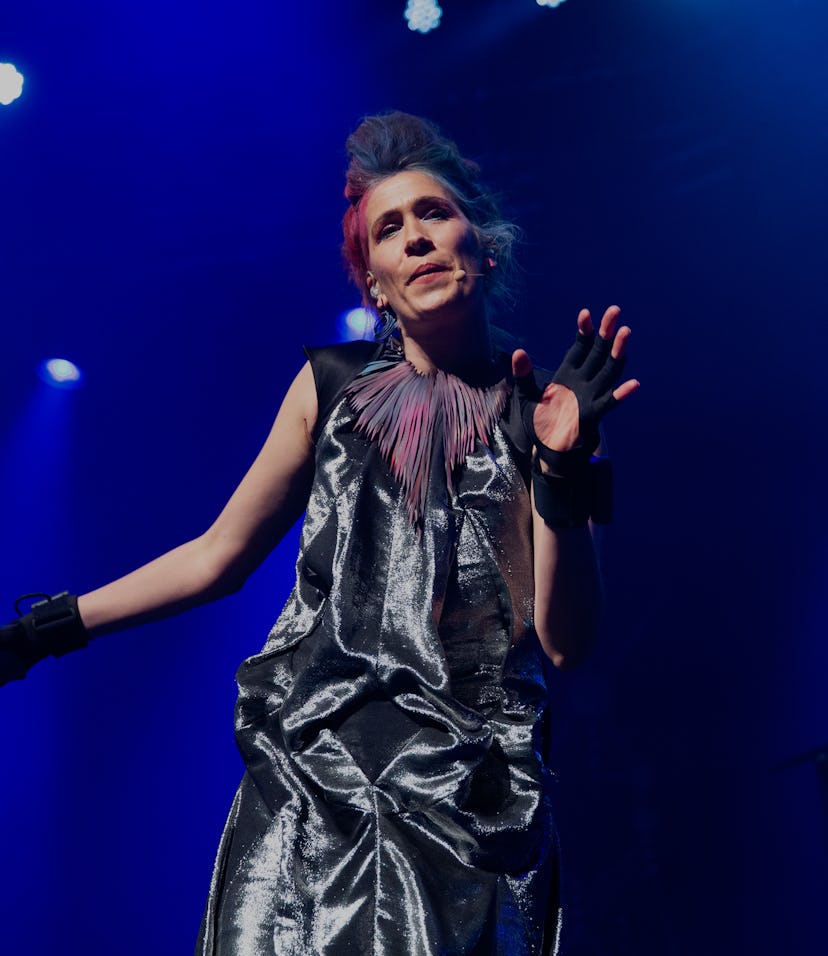Tech
Mi.Mu's Glover software lets you make music with gestures like Imogen Heap does
Until now, you've needed to buy the gesture-control Mi.Mu gloves to get the software, but now its developer is offering it as a standalone product.

Thanks to Imogen Heap, Mi.Mu gloves are now well-known in the music-making community. They rely on software that turns motion into music, and traditionally you've needed to buy a pair of gloves to get access to it, but now Glover, the company behind the gloves is offering its software and an iOS app as standalone products. The app — called Gliss — is free, and the software offers a week-long free trial, after which it costs £119 (about $160) for a license. That's a far cry from the £2,500 (about $3,400) for a pair of Mi.Mu gloves.
Glover works by mapping gestures in three-dimensional space and converting them into audio by way of MIDI or an OSC controller. The Mi.Mu gloves tethered to the software have taken off over the last decade thanks in large part to Imogen Heap's extensive use of them. She's made them a key part of her repertoire and performances, and has worked with the Mi.Mu team to refine them. Today the technology is used by a slew of other musicians, including the likes of Ariana Grande, which undoubtedly makes her stans very happy.
How does Glover work? — If you watch Heap play a track like "Breathe In" you'll notice how she pinches her fingers together or moves her hand in the air, sometimes she thumps her open palm up and down, other times she makes a fist. These seem like dance movements, but Heap is physically constructing the song in real-time. And she never once touches a drum, guitar, piano, or any other instrument to make it happen.
Thanks to Mi.Mu's decision to offer Glover on its own, you can create some of the same effects without the gloves. The software, which is available for Mac or Windows, now works with the Leap Motion controller, or micro:bit microcomputers, so if you want to, you can build your own gloves, or a completely different motion-based system using cameras or sensors.
Gliss is bliss — Undoubtedly the easiest way to try out the software is the Gliss app, though. It uses the touch display of an iPhone and the built-in accelerometers to translate motion and gestures into music. You can see how easy it is to use in the video below. Mi.Mu says a version of the app for Android is in the works.